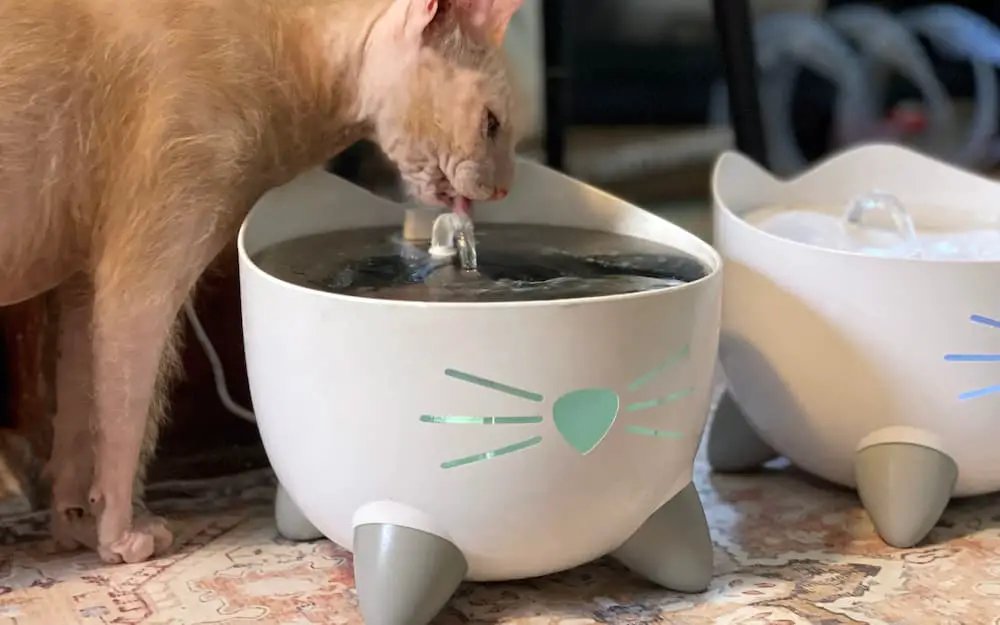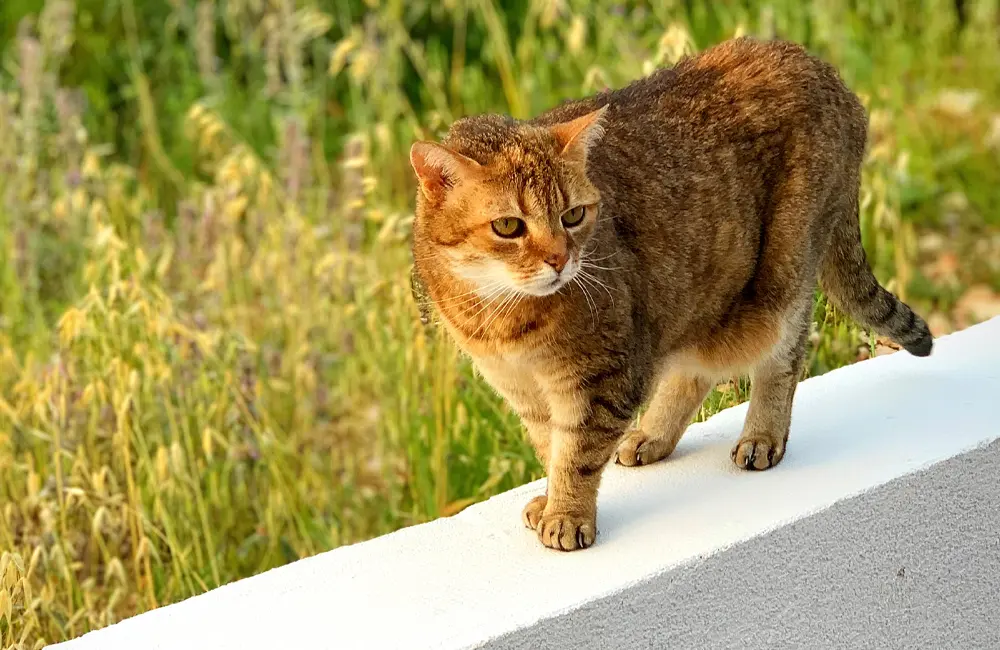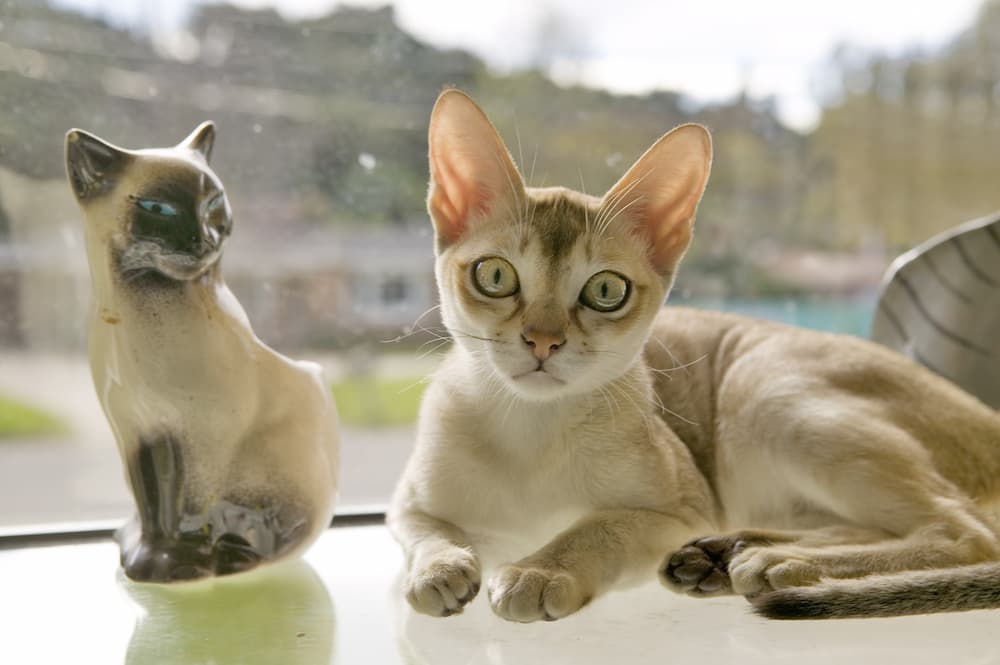Our lovable cats have one major downside—they shed like crazy! This can sometimes make managing cat hair on sofas, carpets, and bedding seems like an impossible job. The good news is that keeping your house clear of cat hair becomes much easier with the right methods. Here are five tips for cleaning cat hair off your furniture, carpets, or any other surface in your home.
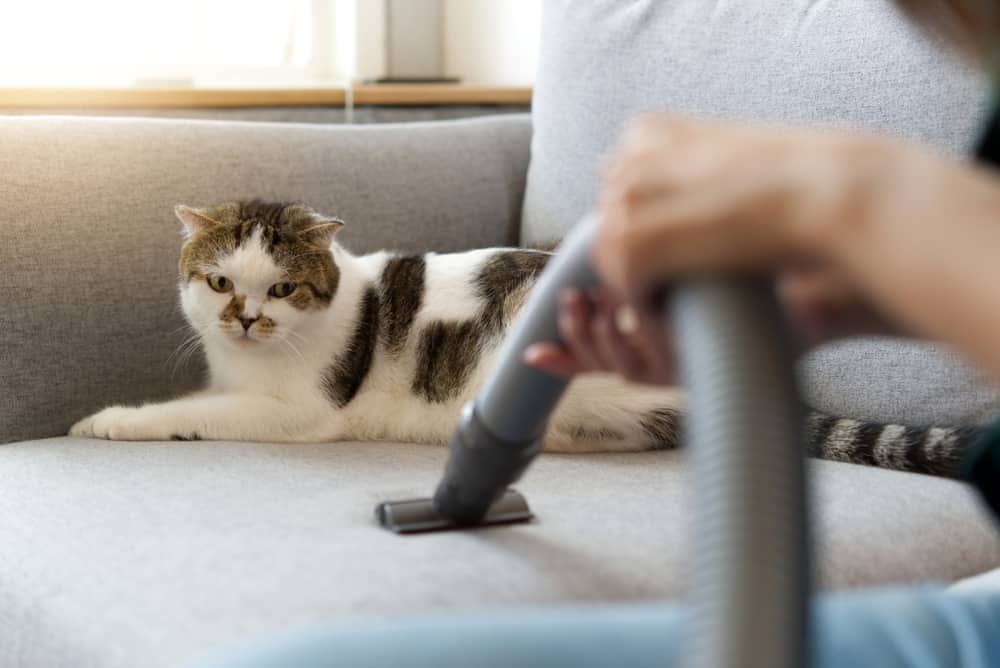
1. Use Your Vacuum’s Mini-Turbo Tool
Vacuuming cat hair off your sofa is the most time-efficient way to clean cat hair. Not only can you get down to the deeper layers of the sofa, but you can cover large areas quickly and with ease.
For this job, it’s essential to use a vacuum with a motorized mini turbo tool. The Dyson V11 Absolute is one of the most powerful examples, but there are plenty of other options.
These attachments have fine bristles attached to a spinning roller, which helps suck up and trap more hair in the vacuum. The bristles also dig into the fabric, helping release embedded clumps of cat hair.
Most modern pet vacuums include a motorized tool, but make sure you check before you buy. It’s especially important to find a mini tool that has a powered brush bar, as those that rely on airflow to turn the bar are much less effective.
Tip: It’s also worth looking for a vacuum with a HEPA filter. These trap more pet dander and other airborne allergens, which leaves your air cleaner and less likely to trigger an allergic reaction.
2. Sponges Attract and Trap Cat Hair
Pet sponges work well to get hair off your furniture, especially if most of the hair is on the surface. To use this method, I recommend using a dedicated pet sponge rather than a regular sponge, as these are softer to prevent damage to fabrics.
Start by dragging the pet sponge over your couch or another piece of furniture. When you’re using a sponge, you should only move in one direction. If you move in the other direction, all the cat hair will come loose. When either side of the sponge gets covered in hair, clean it off with your hands, but don’t use water.
You can also make a DIY pet sponge using a slightly damp pad of paper towels. Just wipe these gently over the surface and watch as the hairs are removed.
3. Rubber Gloves, Friction, and Static Electricity
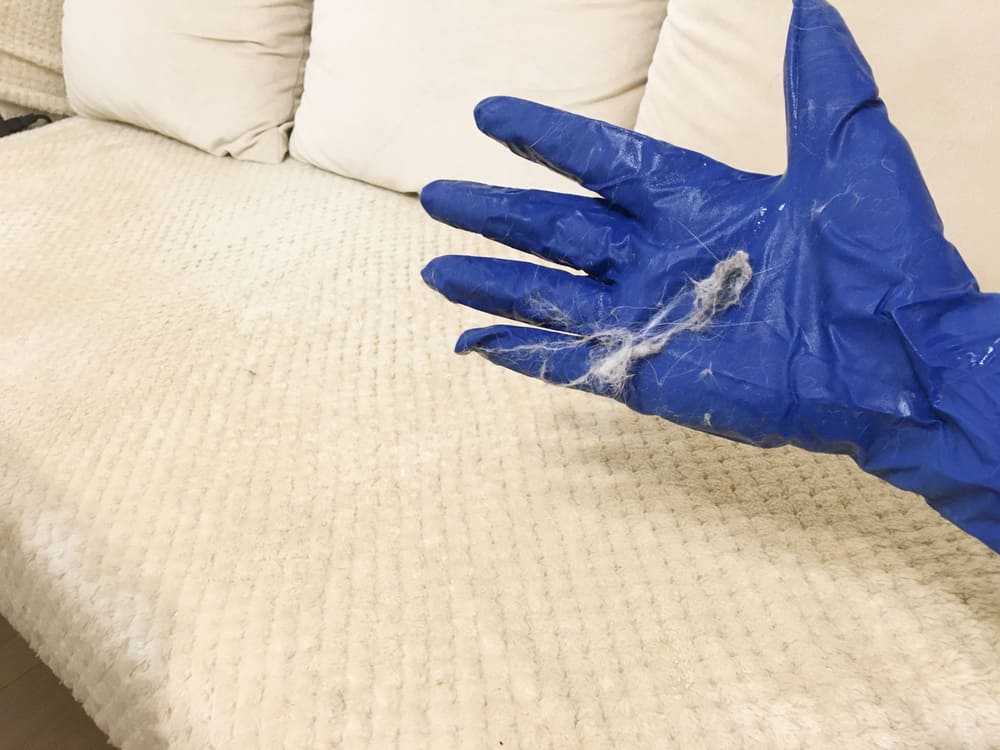
Rubber gloves are brilliant for removing pet hair without buying a specialist product. If the cost of lint rollers is starting to add up, then give rubber gloves a try – you might be surprised!
Why are rubber gloves so effective at removing pet hair though? When you rub a dry rubber glove on your carpet or car seats, you create friction. This leads to a static electric charge that causes hair to stick to the glove.
You can also add a few drops of water to your gloves for a different type of cleaning. Just like with a sponge, the wet gloves will gently lift out fur, which then sticks to the moist glove.
Regularly rinse the gloves when it’s covered in hair to ensure you’re not just moving the fur around. If you’re having trouble getting rid of all the hair fibers, then try immersing them in warm water.
4. Use Your Dryer for Clothes or Bedding
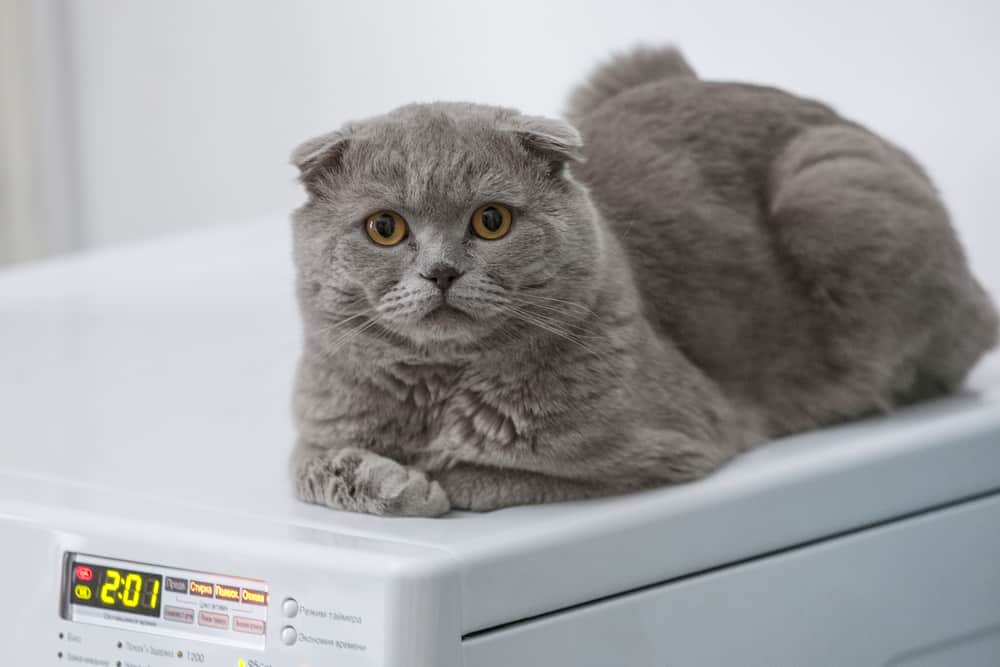
If your cat’s bedding is covered in hair, then it’s a good idea to run it through a dryer on a cool setting. You only need to do this for a few minutes, as the drum action will help to loosen hair much faster than you could do by hand.
Of course, this hair will end up in the dryer’s filter – so make sure you clean it after each time you use this trick!
5. Use a Damp Duster on Hard Floors
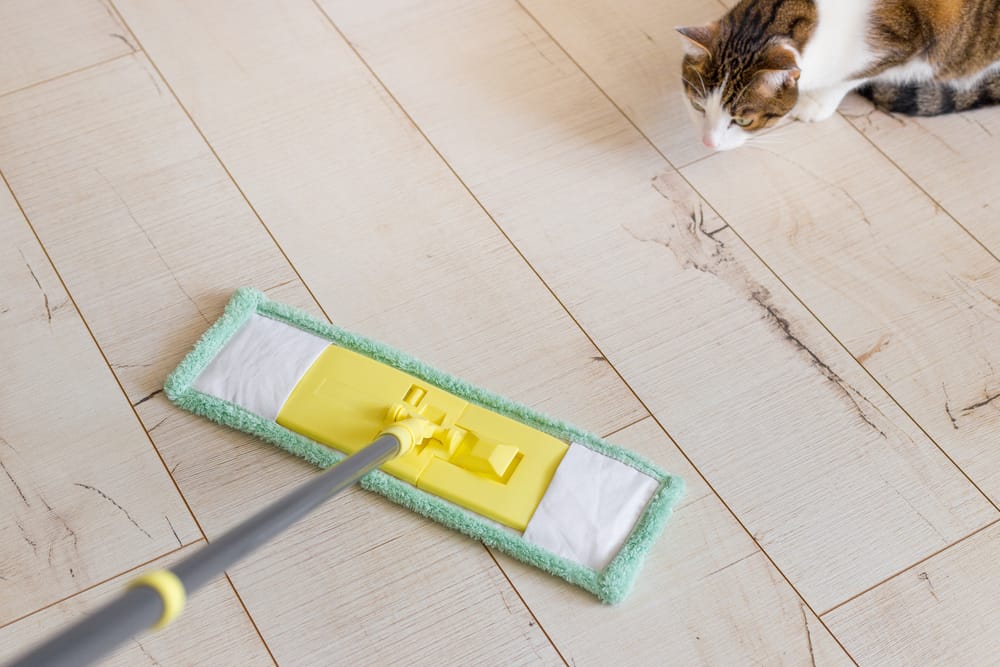
While many vacuum cleaners are great for removing pet hair from carpets, even some of the best models struggle with hard floors. This is because a rotating brush bar can often scatter hairs rather than pull them up, so the vacuum needs to rely on suction power alone.
If your vacuum cleaner can’t handle pet hair on hard floors, then a damp mop may be the perfect alternative. Just like the sponge trick, a damp mop can easily gather hair that would be virtually impossible for a vacuum to pick up.
Similarly, a slightly damp duster can be a useful tool for removing hair on skirting boards, window ledges, and other hard surfaces.
Other Tips for Cleaning Cat Hair
- Lightly spray fabric softener diluted with water onto your furniture, then wipe it off. This helps loosen pet hair and makes it easier to remove.
- If you’re having trouble removing pet hair from wooden furniture, then try spraying it with an anti-static dusting spray. This neutralizes the electric charge causing the hair to stick.
- When vacuuming, it’s a good idea to go over the same patch at least twice from different directions.
- Vacuuming daily can make managing cat hair much less stressful. Even just a five-minute vacuum session will remove the majority of hair before it can become trapped in carpets, furniture, and your clothing.
- Wash your cat’s bedding regularly. Beds collect large quantities of hair, which is then spread around the house after your pet has a nap.
- If you’re allergic to pet dander, then make sure you ask someone else to empty your vacuum outside – especially if you’re using a bagless model. Allergens can easily escape when emptying a bagless vacuum.
Wrapping Up
Cleaning cat hair from your house is an ongoing task, but it doesn’t need to be difficult. There are many simple tricks that make removing hair faster and easier, and these often don’t require any specialist tools or cleaning products.
The Catington Post is reader-supported. That means, if you make a purchase through links on our site, we may earn an affiliate commission. All images and names which are not the property of The Catington Post are the property of their respective owners.
